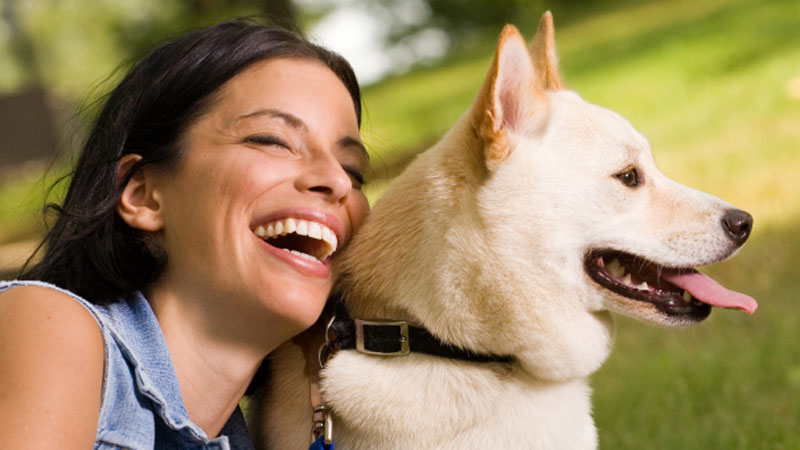Brachycephalic Breeds
Over the last couple of years there has been a huge rise in popularity of the French Bulldog and other brachycephalic breeds such as Pugs. These breeds are characterised by their flat faces, squashed noses, and bulbous eyes. Whilst these features are endearing, they also contribute to some common and often severe health problems.
The wrinkly skin around the eyes and nose results in deep facial folds. These can become hot and sweaty, so they are prone to developing yeast and bacterial infections. These can mostly be controlled by keeping these folds clean and dry -using topical anti-yeast and bacterial ointments when needed. However, in severe cases surgery is required to do a facelift type procedure where excess skin is removed to eliminate the deep folds.
Prominent eyes are prone to injury and are much more likely to develop severe corneal ulcers. Any suspected eye injury in a brachycephalic breed should be taken seriously and vet checked to ensure there are no corneal injuries.
The majority of brachycephalic dogs have a degree of obstructive airway disease. This is a 3-fold problem- stenotic or small nostrils, an overlong soft palate and small trachea (windpipe) for the size of the dog.
The easiest of these problems to correct is the stenotic nostrils so a rhinoplasty (nose job) is commonly performed to enlarge the nostrils and improve airflow through the nose. It is often performed at the same time as neutering. Stenotic airways are diagnosed on a routine examination. The surgery is relatively straight forward and involves removing a wedge of skin around the nostrils to enlarge them. The surgical wound is repaired with dissolvable sutures and most dogs make an uneventful recovery within 24-48 hours. Most dogs will require a buster collar to avoid rubbing or scratching the nose for a few days post operatively. The majority of dogs experience a significant improvement with breathing following rhinoplasty although it is not sufficient in some dogs.
If your dog is still struggling it may be that it has an overlong soft palate which obstructs the entrance to the airway. Soft palate resection is a more invasive procedure where the soft palate is trimmed back under general anaesthetic. There is a risk of haemorrhage which can be difficult to control whilst operating at the back of the mouth. Post-operative swelling can also be a complication. If your dog vomits after eating or snores really loudly despite having had a rhinoplasty it could be the soft palate that is the issue.
Dogs that have either of these surgeries should not be bred from. Although the short nose and wrinkly face is a sought after characteristic, extremes should be discouraged to try and reduce the need for corrective surgery.


